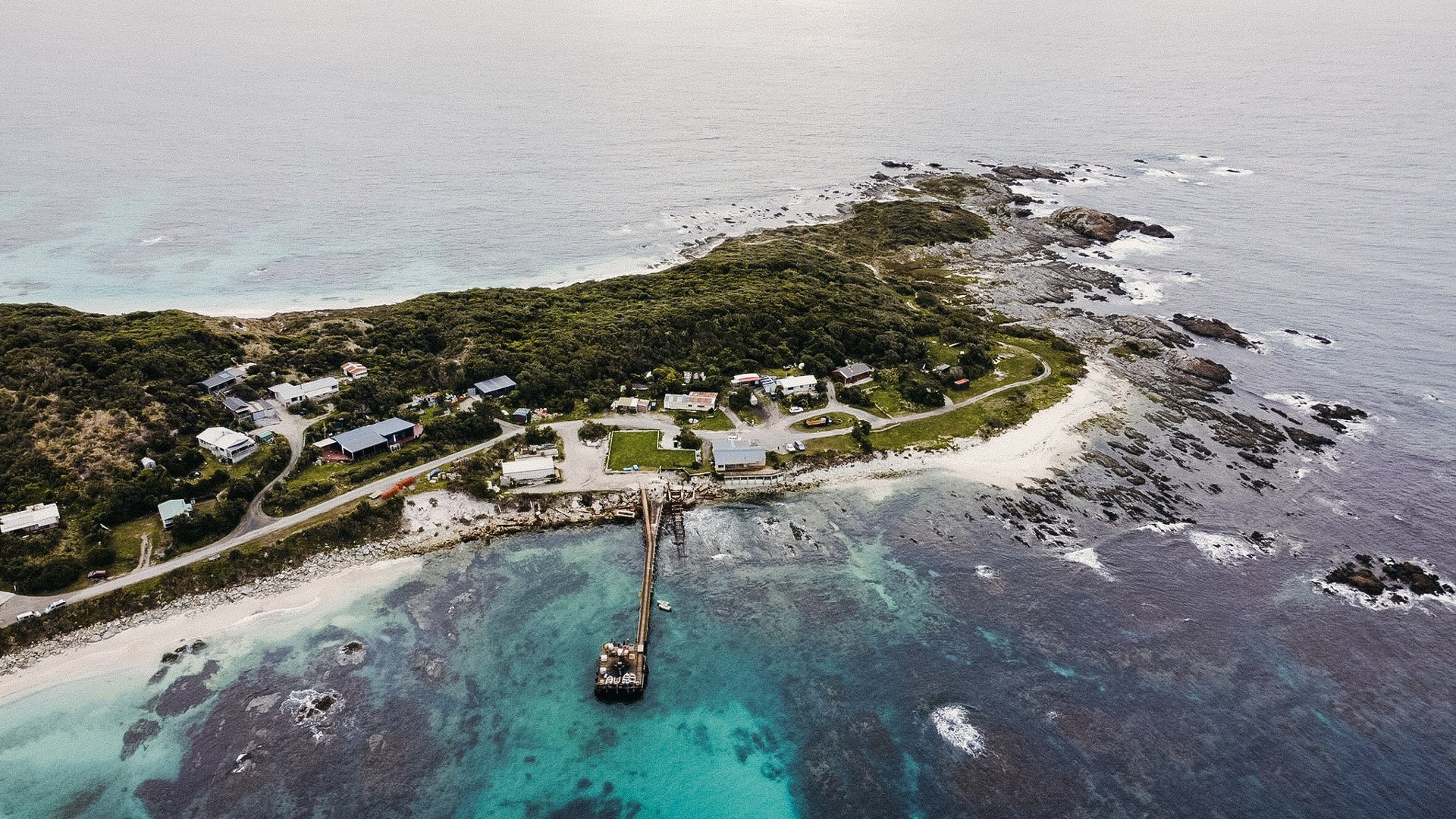Doing our part on Chatham Island
Approximately 800 kms East off the coast of New Zealand there exists an isolated archipelago on the edge of the Chatham Rise called the Chatham Islands.
The wharf in the small fishing village of Kaingaroa. A good place to spot sevengill sharks.
Last year, we flew nine of our planters to Rēkohu (Chatham Island), the largest of the eleven Islands, to embark on a several year project during which we will plant at least 250,000 trees on the Hokotehi Moriori Trust’s Kaingaroa Station.
Spearheaded by Levi Lanauze, the station manager, this is one of the larger contributions to New Zealand’s One Billion Trees Initiative.
We are working with Levi to enhance Chatham Island’s biodiversity which was naturally filled with many endemic species before humans arrived around 700 years ago. As the story goes across much of New Zealand, with the arrival of people came the need to graze animals and therefore clear land, and many pests found their way to the Island both intentionally and accidentally. The islands are now quite barren, and despite respectable conservation efforts (including pest free Rangatira and Mangere Islands), Chatham Island itself is in need of more forest.
Spaced three metres apart, our planters make their way across the recently mulched site, each carrying 200 trees at the start of their row.
Our efforts on Chatham Island began with a two week trip in October of last year. We planted 37,000 trees.
We started planting on a recently fenced off area along the South East corner of the Rangitahi lakeshore. The planting was perfect, digging into the soft dune-edge. Aware of the fact that the introduced Weka is considered a pest on Chatham Island, we were careful not to disrupt the soil surrounding the plant too much, as that would be very inviting to a weka which would in turn uproot the plant. We planted 8,000 trees in a day and half before moving onto the larger site at the Northernmost point of the lake.
Here, Levi’s father had been hard at work preparing the site by mulching the invasive gorse and bracken. It would have been impossible to plant had he not prepared it. This site posed a big challenge when compared to the blissful start we’d had in the sandy soil south of us.
Once we’d developed a technique for cultivating the rooty peat, we settled into a routine whereby we collectively planted 4,300 trees per day.
Planting in the soft soil at the south end of the lake.
The main species we are planting is the Chatham Island Akeake or Chatham Island tree daisy (Olearia traversiorum). We’ll continue to increase the percentage of other Chatham Island subspecies that we plant, such as Lancewood, over the next couple of years as the young nurseries on the island continue with seed collection from the few pockets of existing bush.
To meet the requirements of the ETS, our planting has to achieve a 30% canopy cover requirement. Of course, on Chatham Island, this is a challenge considering how exposed to nearly constant gale-force winds it is. For that reason, Levi has committed us to planting around 40,000 Macrocarpa. These exotics, though not our favourite, will offer a degree of shelter from the wind to our precious natives while providing a sustainable timber source in years to come.
Planting toward the shore of Lake Rangitahi.
This year we’ve already been to Chatham Island twice with teams of five and six planters. We’re beginning to feel quite at home while working there. In the first stint, we planted 23,000 Akeake, and 17,000 in the slightly shorter second stint. We’ll return at the end of September to plant a further 35,000 trees, and remain ahead of schedule to reach our overall target.







